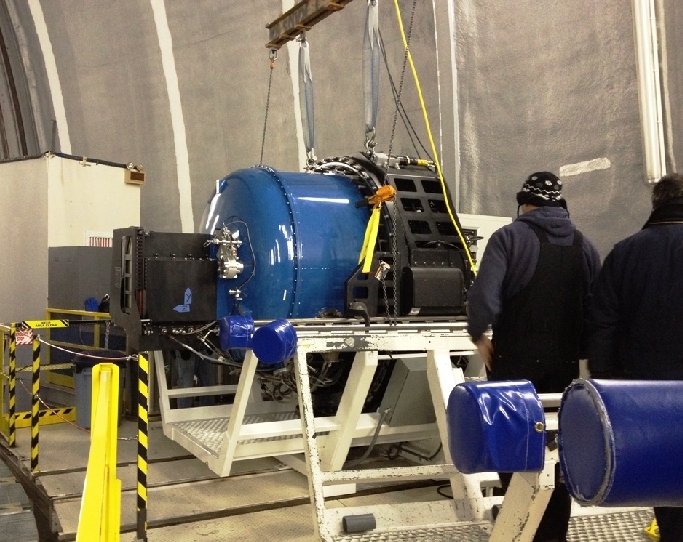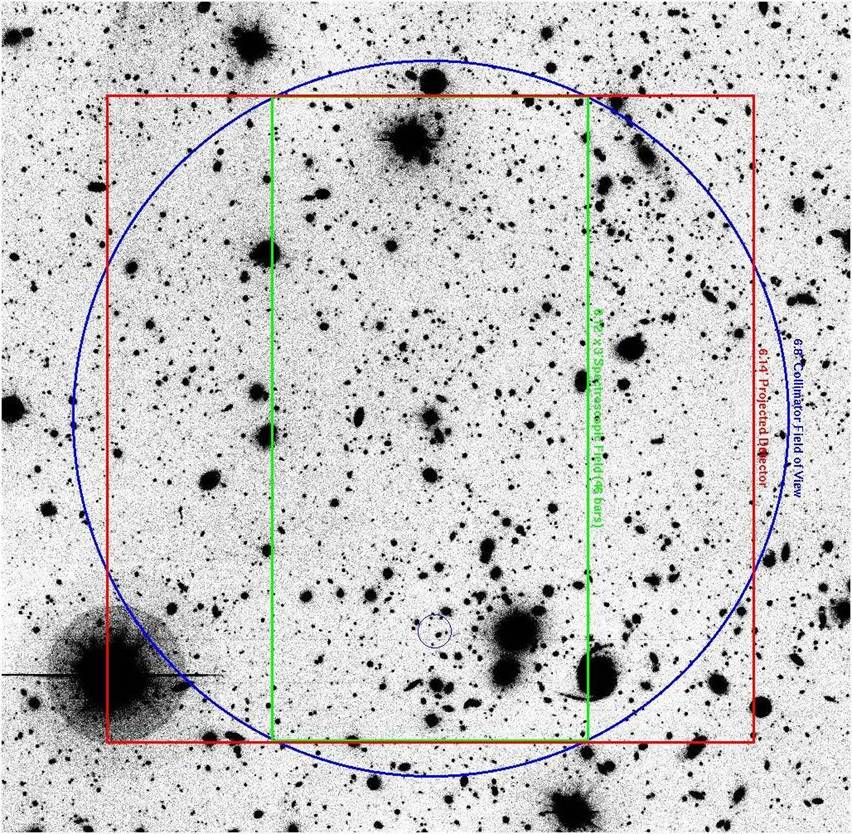Instrument Scientist:
Josh Walawender
Deputy Instrument Scientist:
Jim Lyke
Email Contact:
MOSFIRE Support
| Pre-Observing | Observing | Post-Observing |
|---|---|---|
| Follow this link for information about pre-observing activities: proposal preparation, mask design and submission, pre-run activities, etc. | Follow this link for information about your observing run: instrument and telescope setups, scripts, software, procedures, etc. | Follow this link for information about your post-observing activities: backups, comment forms, data reduction, etc. |
| Trouble Shooting | Technical Pages | Index |
| Trouble Shooting pages and links. | Portal to the technical pages: for the initiated only! | A listing of the instrument pages. |
MOSFIRE is a NIR multi-object spectrograph in operation at the Cassegrain focus of the Keck I telescope since 2012. MOSFIRE was designed and built by a collaboration among UCLA, CIT, and UCSC under the direction of co-Principal Investigators Ian McLean and Chuck Steidel. Notable features of MOSFIRE include:
- 6.1' x 6.1' field of view
- Teledyne H2RG HgCdTe detector with 2K x 2K pixels
- Up to 46 slits using a unique cryogenic robotic slit mask system that is reconfigurable electronically in under 5 minutes
| Co-Principal Investigators: | Ian McLean (UCLA) Chuck Steidel (CIT) |
MOSFIRE References |
| Optics Lead | Harland Epps (UCSC) | |
| Instrumentation Lead | Keith Matthews (CIT) |

MOSFIRE optical layout. |

MOSFIRE landing at the K1 Deck. |

|
The above image shows the field of view configuration for MOSFIRE. The Blue circle (6.8 arcmin diameter) represents the 6.8 diameter collimator field of view. The red square (6.12 x 6.12 arcmin) is the detector area. The intersection of the red and blue geometries is the imaging field of view. The green rectangle is the "nominal" spectroscopic field, over which none of the slits would be vignetted. The mask design software has nice tools that will indicate the wavelength coverage for every slit, with the ability to mark a particular wavelengths of interest.
Send questions or comments to:MOSFIRE Support